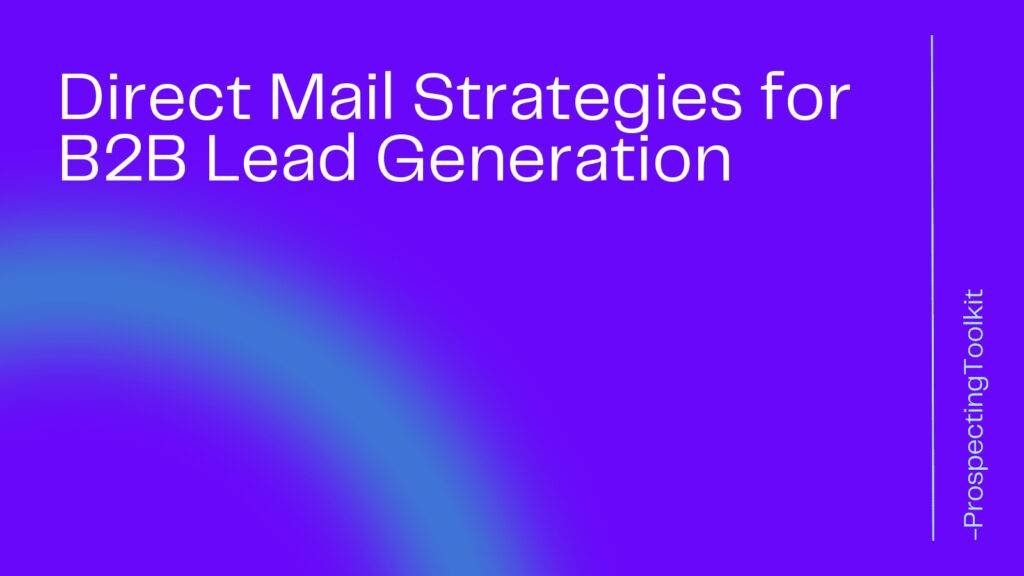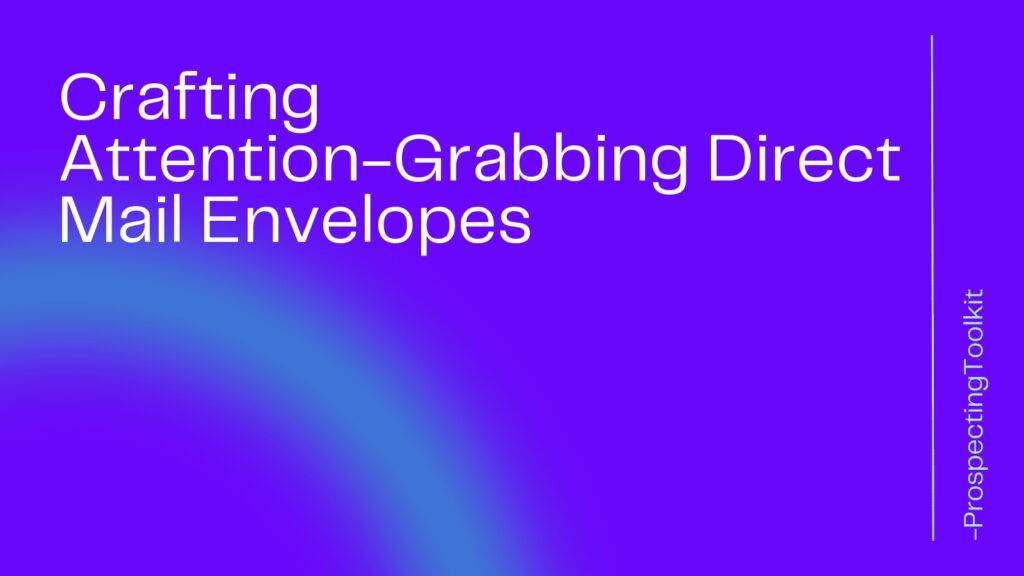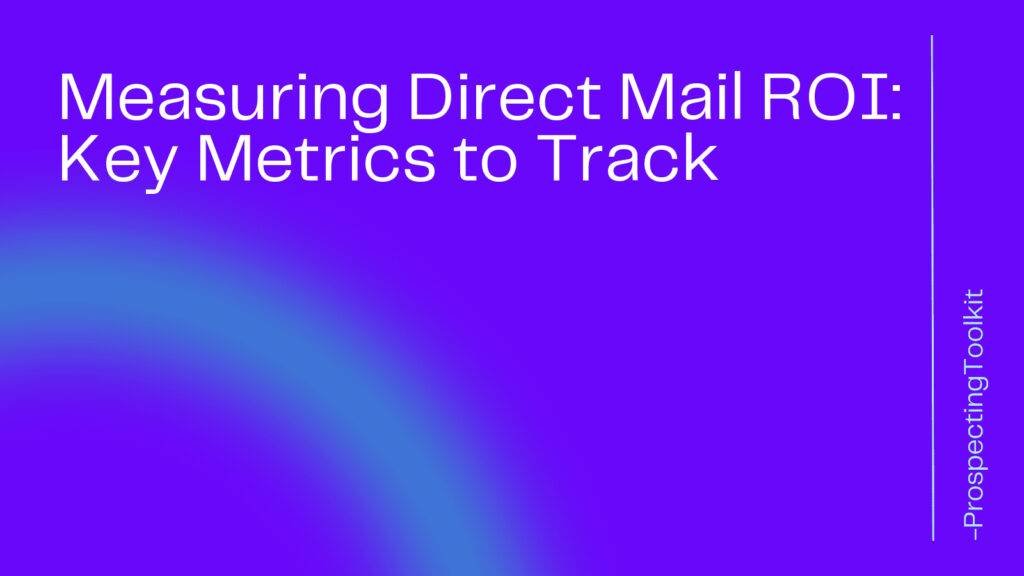You’ve heard about the power of content marketing, but how do you create a strategy that actually works?
It’s not as daunting as it may seem!
A successful B2B content strategy can drive lead generation and revenue growth.
This article will explore tips, techniques, and best practices to help you create a B2B content strategy that delivers results.
So, buckle up, and let’s get started!
Table of Contents
ToggleUnderstanding Your Target Audience
Let’s face it, you can’t please everyone.
That’s why it’s crucial to identify your ideal customer profile (ICP) before diving into content creation.
Understanding your ICP involves examining demographics, firmographics, and psychographics, as well as the role of the decision-maker in B2B purchasing processes.
The more you know about your audience, the better you can tailor your content to their needs and preferences.
Now, you may be wondering, “How do I get to know my audience better?” Conducting audience research is your answer! You can gather valuable insights through surveys and interviews, social media listening and analysis, and by analyzing competitor content and audience engagement. These methods will help you get a clearer picture of what your audience wants and needs.
With your newfound audience knowledge, it’s time to create buyer personas. Think of them as the life of your content party! Accurate and comprehensive buyer personas are invaluable in content creation, as they help you focus on your target audience’s pain points, preferences, and expectations. So, roll up your sleeves and follow these tips for developing effective buyer personas:
- Create a detailed profile of your ideal customer, including demographics, job role, goals, and challenges.
- Use your audience research findings to inform your buyer personas.
- Keep your personas updated as your business and audience evolve.
With your audience in mind, you’re now ready to create content that speaks their language, addresses their concerns, and ultimately, wins their hearts (and wallets).
Setting Content Goals and KPIs
Imagine you’re a master chef, and your content is your secret sauce. To make it irresistible, you need to have a clear recipe with the right ingredients.
That’s where content goals and KPIs come into play!
First, align your content goals with your overall business objectives. Consider the awareness, consideration, and decision stages of the buyer’s journey, and tailor your content to guide your audience through the content marketing funnel.
Next, it’s time to define the key performance indicators (KPIs) for content success.
These are the metrics that will help you assess how well your content is performing.
Think of them as the taste testers of your secret sauce!
To measure the success of your B2B content strategy, focus on traffic, engagement, conversion, and retention metrics.
These KPIs will provide insights into how effectively your content is attracting, engaging, and retaining your target audience.
Remember, the key to a successful content strategy is to keep track of your KPIs and adjust your approach as needed.
So, monitor your metrics, learn from your successes and failures, and continually refine your content recipe to create a winning B2B content strategy.
Developing a Content Plan
Think of your content plan as a treasure map that guides you to the goldmine of B2B marketing success.
To create a winning content plan, start with a content audit and gap analysis. Assess the current state of your content assets and identify opportunities for improvement and expansion.
This will help you uncover hidden gems in your existing content and reveal areas where your audience craves more.
Next, get your creative juices flowing with content ideation and brainstorming.
Use audience research and buyer personas to generate content ideas that resonate with your target audience.
Don’t be afraid to explore new tools and techniques for content brainstorming, such as mind mapping, keyword research, or even a good old-fashioned brainstorming session with your team.
Finally, it’s time to create a content calendar that outlines your content production and publication schedules.
This will help you stay organized and ensure that your content is consistently fresh and relevant.
When planning your content calendar, strike a balance between evergreen and timely content.
Evergreen content is always relevant and valuable, while timely content capitalizes on current trends and events.
With a well-crafted content plan, you’ll be well on your way to conquering the B2B marketing world!
Creating High-Quality, Engaging Content
They say content is king, but not all content wears the crown.
To create high-quality, engaging content, consider the role of storytelling in B2B content creation.
Emotionally appealing stories help build a connection between your brand and your audience. Case studies and success stories are particularly effective B2B content formats, as they showcase real-world examples of your product or service in action.
Of course, even the most captivating story won’t hold your audience’s attention if it’s not relevant and valuable to them.
Ensure your content addresses your target audience’s pain points, challenges, and questions, and provides actionable insights and solutions.
This will help position your brand as a trusted resource and thought leader in your industry.
Last but not least, don’t forget to optimize your content for search engines and user experience.
This includes conducting keyword research and implementing on-page SEO techniques, as well as ensuring readability, proper formatting, and incorporating multimedia elements.
By following these best practices, you’ll create content that not only engages your audience but also ranks well in search results, driving more traffic and leads to your business.
Content Distribution and Promotion
Creating stellar content is just half the battle; you also need to ensure it reaches the right audience.
To do this, you’ll need to choose the right channels for your B2B content strategy.
Consider a mix of owned, earned, and paid media channels, and select the ones that align with your audience’s preferences and behavior.
Social media marketing and influencer partnerships can be powerful tools in your content distribution arsenal.
Leverage B2B-focused platforms like LinkedIn and Twitter to share your content and engage with your audience.
Collaborating with industry influencers and thought leaders can amplify your reach and lend credibility to your brand.
Finally, let’s not forget the power of email marketing and nurturing campaigns.
Build and segment email lists for targeted content distribution, and create personalized, automated email campaigns to nurture leads through the buyer’s journey.
By employing these tactics, you’ll be well on your way to maximizing the reach and impact of your B2B content strategy.
Analyzing and Refining Your B2B Content Strategy
A successful content strategy is like a fine wine – it gets better with time and refinement.
To ensure your B2B content strategy continues to deliver results, regularly review content performance and KPIs. Identify patterns, trends, and areas for improvement, and adapt your content strategy based on data-driven insights.
Embrace a culture of experimentation by conducting A/B tests on various content formats, headlines, and distribution channels.
Learn from your successes and failures to optimize future content efforts, and don’t be afraid to pivot when necessary.
Finally, stay ahead of the curve by continuously learning and staying updated on industry trends and best practices.
Follow thought leaders, subscribe to relevant newsletters, and participate in industry events, webinars, and online courses.
By staying informed and agile, you’ll be well-equipped to navigate the ever-changing landscape of B2B content marketing and achieve lasting success.
Unlocking B2B Content Strategy Success
As we’ve explored throughout this article, a successful B2B content strategy involves understanding your target audience, setting content goals and KPIs, developing a content plan, creating high-quality, engaging content, distributing and promoting your content, and analyzing and refining your strategy.
It’s an ongoing journey that requires constant learning and adaptation to stay ahead of industry trends and best practices.
Don’t hesitate to leverage the tips, techniques, and best practices outlined here to take your B2B content strategy to new heights.







